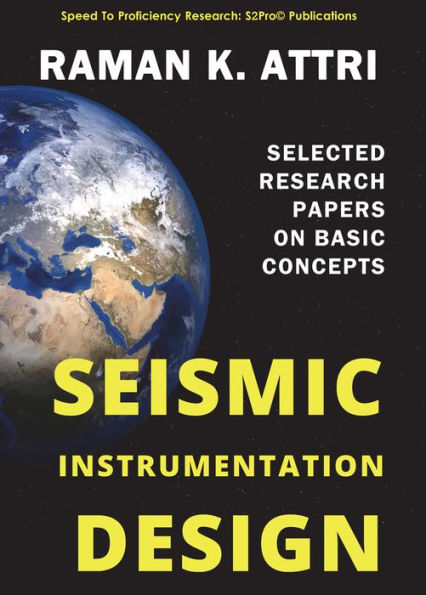Table of Contents
ABOUT THE BOOK
CITATION DETAILS
ABBREVIATIONS
Paper 1: BACKEND FRAMEWORK AND SOFTWARE APPROACH TO COMPUTE EARTHQUAKE PARAMETERS FROM SIGNALS RECORDED BY SEISMIC INSTRUMENTATION SYSTEM
I. INTRODUCTION
II. SEISMIC RECORDING & ANALYSIS CHAIN
III. SOFTWARE APPROACH TO SEISMIC ANALYSIS
IV. COMPUTING TIMING PARAMETERS USING SOFTWARE LOGIC
V. COMPUTING LOCATION PARAMETERS USING SOFTWARE LOGIC
VI. COMPUTING MAGNITUDE PARAMETERS USING SOFTWARE
VII. COMPUTATION OF SEISMIC ENERGY USING SOFTWARE
VIII. CONCLUSION
REFERENCES
Paper 2: A SIMPLIFIED OVERVIEW: HOW ARE THE EARTHQUAKE PARAMETERS COMPUTED FROM THE RECORDED SEISMIC SIGNALS?
I. INTRODUCTION TO SEISMOLOGICAL STUDIES
II. EARTHQUAKE MECHANISM: A BRIEF PREAMBLE
III. INSTRUMENTATION FOR RECORDING OF SEISMIC WAVES
IV. PARAMETERS OF SEISMIC VIBRATIONS
V. LOCATING EARTHQUAKE USING SOFTWARE APPROACH
VI. CONCLUSION
REFERENCES
Paper 3: GSIS: A CONCEPTUAL MODEL FOR WEB-BASED INTEGRATION OF INFORMATION TECHNOLOGY WITH GEOSCIENTIFIC INSTRUMENTATION
I. INTRODUCTION
II. EXISTING SEISMIC MONITORING SYSTEM
III. LIMITATION IN EXISTING NETWORKED SYSTEM
IV. INTEGRATION OF CURRENT SYSTEM TO INFORMATION TECHNOLOGY
V. CONCEPTUAL ARCHITECTURE OF GSIS SYSTEM
VI. GSIS: KEY DRIVING FACTORS FOR SUCCESSFUL IMPLEMENTATION
VII. WORKING OF GSIS
VIII. CONCLUSION
REFERENCES
Paper 4: SOFTWARE TOOL FOR SEISMIC DATA RECORDER AND ANALYSER
INDEX
ABOUT THE AUTHOR



